When Haval Xiaolong MAX meets Galaxy L7, they are all top-stream products. Who is better?
In this automobile age, new energy is already the rigid demand of some users.
Take one of my classmates as an example. In the past, my family was a gasoline-powered car with a large displacement. Besides enduring high fuel costs, I have to take public transport one day a week due to restrictions. For those who need Ou Sheng to pick up their children, it is very inconvenient to travel in summer. Therefore, he came up with the idea of replacing an alternative fuel vehicle that can get a green card.
From an economic point of view, he mainly considers these new energy SUVs with a capacity of 150,000 to 200,000 yuan. As far as his use environment is concerned, pure electricity is not the best choice, so the plug-in hybrid vehicle in this price range is the most suitable solution. After seeing many high-priced joint venture models, he finally chose to give up. Because the joint-venture plug-in SUVs that can be bought in this price segment are almost all less mainstream models, the configuration and performance parameters are relatively low. After some screening, he finally aimed at the two new cars recently launched. One of them is Geely, and the other is MAX the owl. When I asked him why he didn’t consider it, he said that BYD had friends and colleagues around him, so he really didn’t want to compete with others.
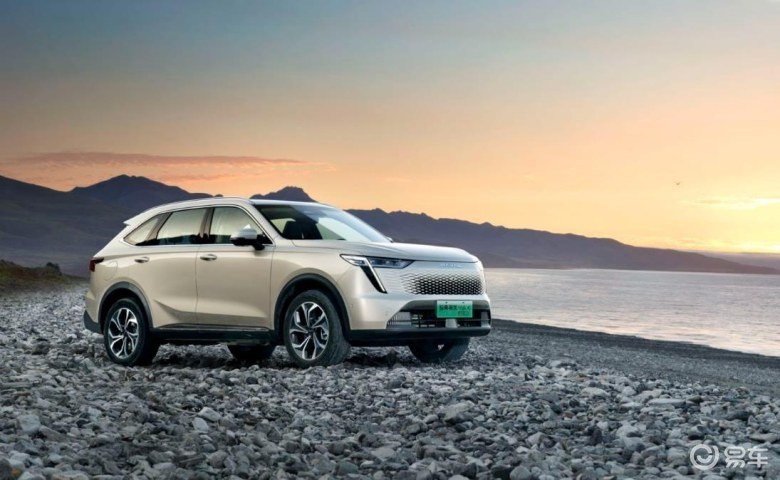
In terms of market share, Haval Owl MAX and Geely Galaxy L7, as new cars, naturally cannot be compared with the top products on the market for many years. However, as a latecomer, these two models also have a good performance in product strength and price. Take Xiaolong MAX as an example, it not only offered a starting price of 159,800 yuan when it was launched. In less than a month after listing, we launched a cash expansion of equity of 2,000 to 8,000 yuan for users. In this way, the cost-effectiveness of the whole vehicle is equivalent to raising it to a new level. Therefore, this makes friends particularly optimistic about Snapdragon MAX. But objectively speaking, price advantage does not mean product advantage. For models in this price range, people may rarely ignore the advantages of the products because of the discount of several thousand yuan. Therefore, who is better still depends on the product.
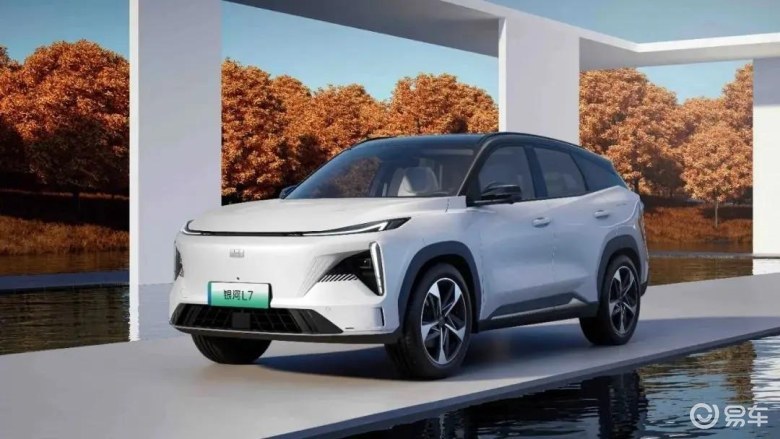
Since they are all plug-in hybrid vehicles, we might as well put technology first. Let’s talk about Xiaolong MAX first. It is equipped with a technology called intelligent four-wheel drive electric hybrid Hi4. The hybrid power system consists of a 1.5L engine paired with front and rear double motors. The comprehensive horsepower of the system is 279 horsepower and the comprehensive torque is 585 Nm, which matches the 2-speed DHT gearbox. The cruising range of pure electric NEDC is 105 kilometers.
Galaxy L7 is equipped with a new generation of Raytheon electric hybrid 8848 system, which uses a 1.5T four-cylinder hybrid engine to match the 3-speed variable frequency electric drive HDT Pro. The comprehensive horsepower of the system is 390 horsepower and the comprehensive torque is 535 Nm. However, Galaxy L7 has launched two cruising range versions, with pure electric cruising range of 55km and 115km respectively.

From the point of view of technology and specifications, the dynamic performance of the two cars is not much different. There are some differences in power parameters, mainly because Xiaolong MAX uses a 1.5L naturally aspirated engine, while Galaxy L7 uses a 1.5T engine. After combining the motors, the actual power performance of the two motors will not be much different, because Xiaolong MAX uses dual motors in the motor, while Galaxy L7 is a single motor. The only difference is that the power version of Xiaolong MAX is relatively unified in the whole series, while Galaxy L7 has launched a lower version of the 55-kilometer model to meet the different needs of users. Judging from the actual market demand, the degree of recognition of the two in terms of power is actually similar.
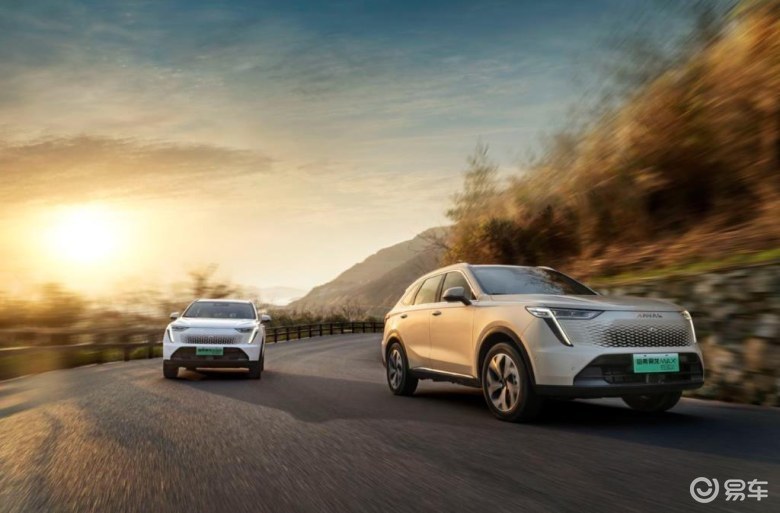
In some basic projects, it is actually necessary to talk about it. But in terms of design, since aesthetics is a relatively subjective element, we won’t say much. In short, Xiaolong MAX and Yinhe L7 have their own unique features in appearance. Galaxy L7 focuses on technology and the future, while Xiaolong MAX emphasizes fashion and atmosphere. But what they have in common is that both of them are highly "new energy" oriented in design.
In terms of size, the two cars may look similar in positioning, but there is a certain gap. The length, width and height of Xiaolong MAX are 4758/1895/1725mm respectively, and the wheelbase is 2800mm. The length, width and height of Yinhe L7 are 4700/1905/1685mm respectively, and the wheelbase is 2785mm. It can be seen that Xiaolong MAX has advantages in all aspects except body width. For home users, this is still a noticeable problem.
In terms of intelligence, both cars also have rich highlights. Let’s talk about Galaxy L7 first. It uses the latest Galaxy N operating system, and comes standard with a 10.25-inch dashboard, a 32-inch central control screen and a 16.2-inch front passenger screen. The overall sense of technology in the car is still very good. In addition, the actual user experience of the system is also very good.
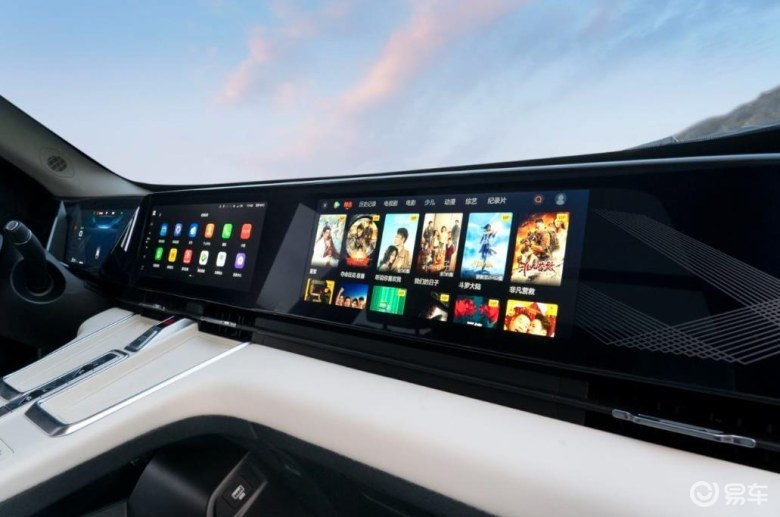
In addition, Xiaolong MAX is not to be outdone in this respect. Cinema-level surround three-screen design has also become the standard of Snapdragon MAX. In addition, it is equipped with 8155 chips and a new generation of built-in Coffee OS system, which makes its intelligent performance quite outstanding. It can be said that both Galaxy L7 and Snapdragon MAX have almost reached the ceiling level of the same price range. As for who to choose, it is entirely a matter of personal aesthetic preference. In terms of functionality, neither of these options will let you down.
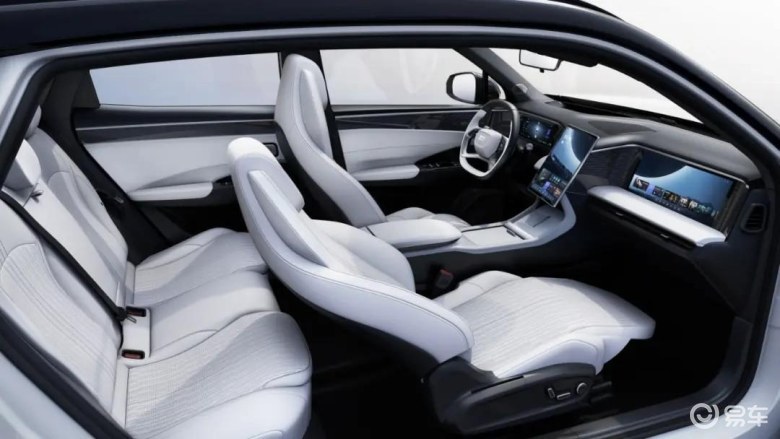
Finally, there is price competition. From the most intuitive pricing point of view, there is actually a gap between the two sides. The starting price of Galaxy L7 is 138,700 yuan, while the starting price of Xiaolong MAX is 159,800 yuan. This gap is mainly due to the fact that the two low-end models of Galaxy L7 are 55km versions, which lowers the selling price. If we only look at the 115km version, its price of 153,700 yuan is almost the same as that of Xiaolong MAX.
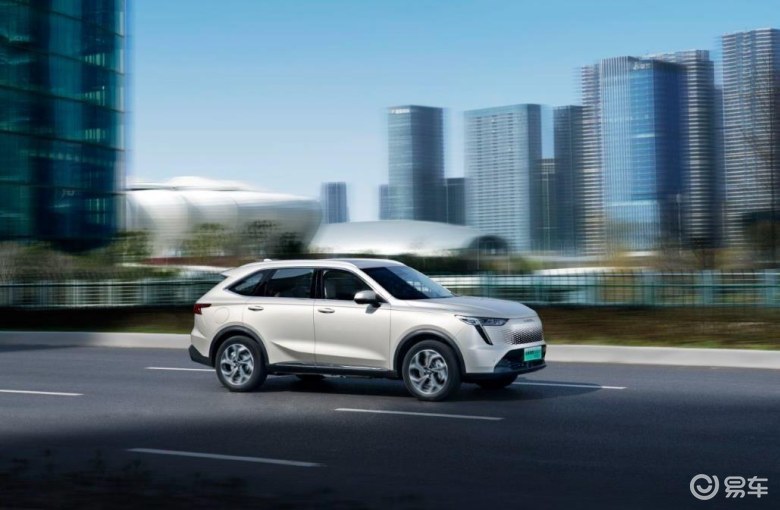
However, it is worth noting that although the guiding price of Xiaolong MAX is slightly higher than that of Galaxy L7, the gap between the two sides is almost negligible after Xiaolong MAX recently introduced the cash inflation policy. The most important thing is that if you have the demand of four-wheel drive, even an entry-level model of 159,800 yuan can meet your demand. Most competitors at the same price have only two-wheel drive.
So, generally speaking, these two cars actually have their own advantages and disadvantages, and each one has its own characteristics. If you like minimalist and futuristic design, and you don’t have much demand for four-wheel drive, then Galaxy L7 is actually a good choice. In addition, in the case of insufficient budget, the lower price of its 55-kilometer version also helps to lower the purchase threshold. Of course, if you have enough budget, and have a certain pursuit of performance and control, then Snapdragon MAX is undoubtedly the best choice.